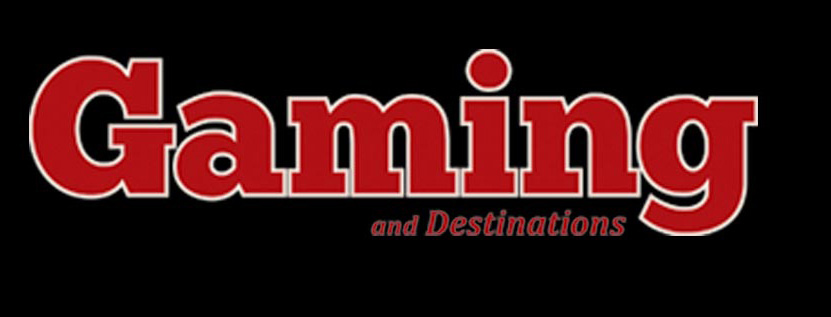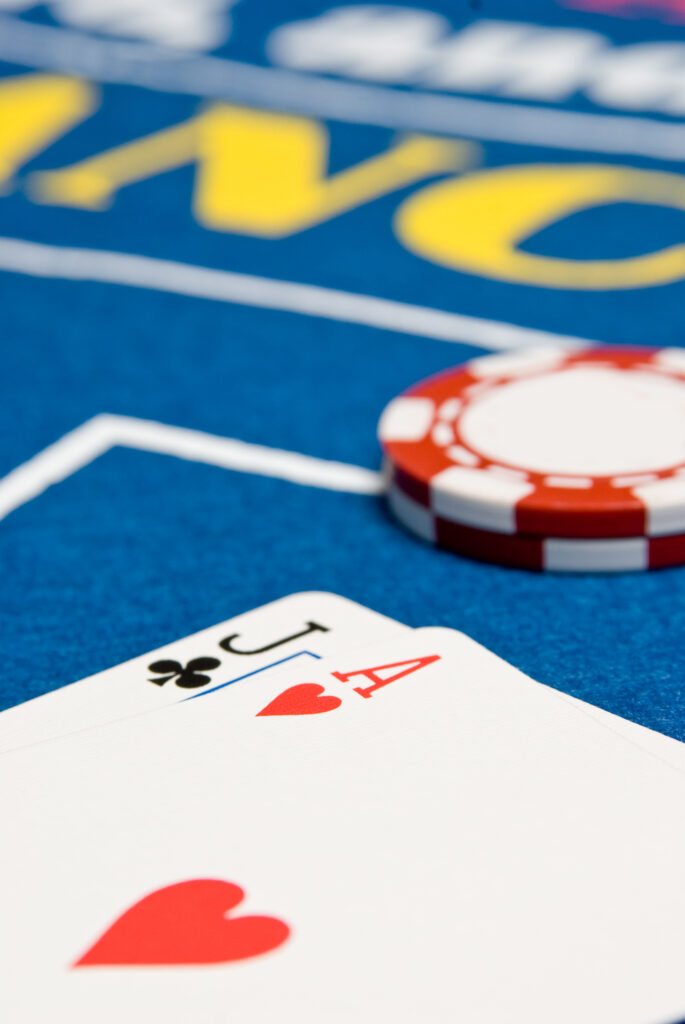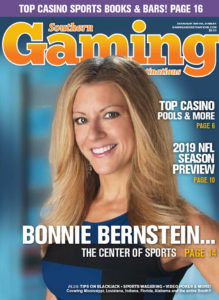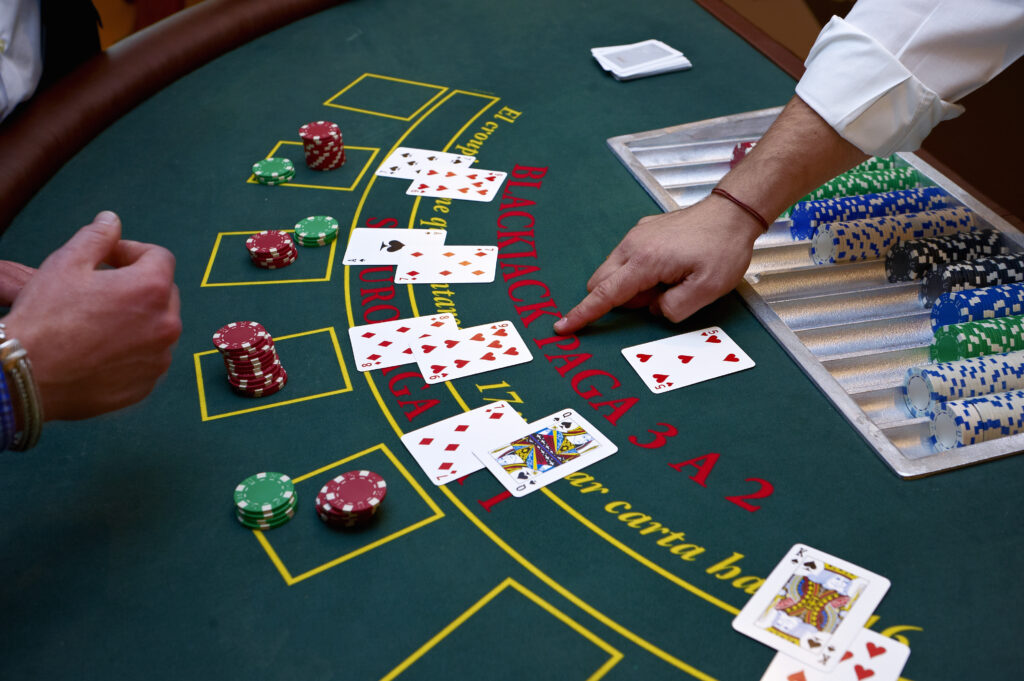
In any learning experience, mistakes go with the territory and the game of blackjack is no exception. Players who are serious about cutting the house edge learn basic strategy to eliminate most mistakes. However, those who are not so dedicated will keep making non-optimal plays and losing money.
Some mistakes crop up repeatedly and to some players, the wrong plays seem so right that they can’t convince themselves to play the basic strategy way.
Let’s take a look at six common yet costly plays, with detours to related errors. They may not be the costliest plays you can make, but the downside of hitting a hard 20 is a lot worse than the cost of the hands below. But no one makes that play so hopefully you won’t either!
We are also not highlighting the most frequent mistakes. Players often stand on 16 vs. 10 when basic strategy says to hit. But that’s a low-cost mistake on a close-call hand. in fact, for those who reach beyond basic strategy, it is a better play to stand vs. 10 if your 16 is three or more cards and includes a 4 or a 5.
What you will see in these highlighted hands are plays that are both common and costly — plays that are especially hazardous to player bankrolls. Statistics given are for six-deck games in which the dealer hits soft 17 — the most common conditions you will find in American casinos today.
HARD 11 vs. 10
Basic strategy tells us to double down. Players who opt to hit instead worry the dealer might have a 10 face down, but 10-value cards make up only 30.8 percent of the deck. In standard American games where the dealer checks for blackjack before players make decisions, you already know the dealer doesn’t have an Ace down, so that’s not a concern.
In a six-deck game, if you hit 6-5 against a dealer 10, you will win 56 percent of the time and have an average profit of 11.8 cents per dollar wagered. It doesn’t matter if the dealer hits or stands on soft 17 as it doesn’t come into play if the dealer has 10 up.
If you double down, you will lose some extra hands because you can’t draw a second time. If you draw a 2, you are stuck with 13 against a 10. Because of that, you win only 54 percent of the decisions. But your average profit rises to 17.8 cents per $1 of your original wager.
Numbers change only slightly on other hard 11s. Average profits when hitting stay at 11.8 cents per $1 wagered on 7-4 and 8-3, then dip to 11.7 with 9-2.
If you double down, profits per $1 of your original wager are 17.8 cents with 7-4, 17.7 with 8-3 and 17.4 with 9-2. In every case, you will win more than half of decisions, so you make more money when you double even though you lose a little more often.
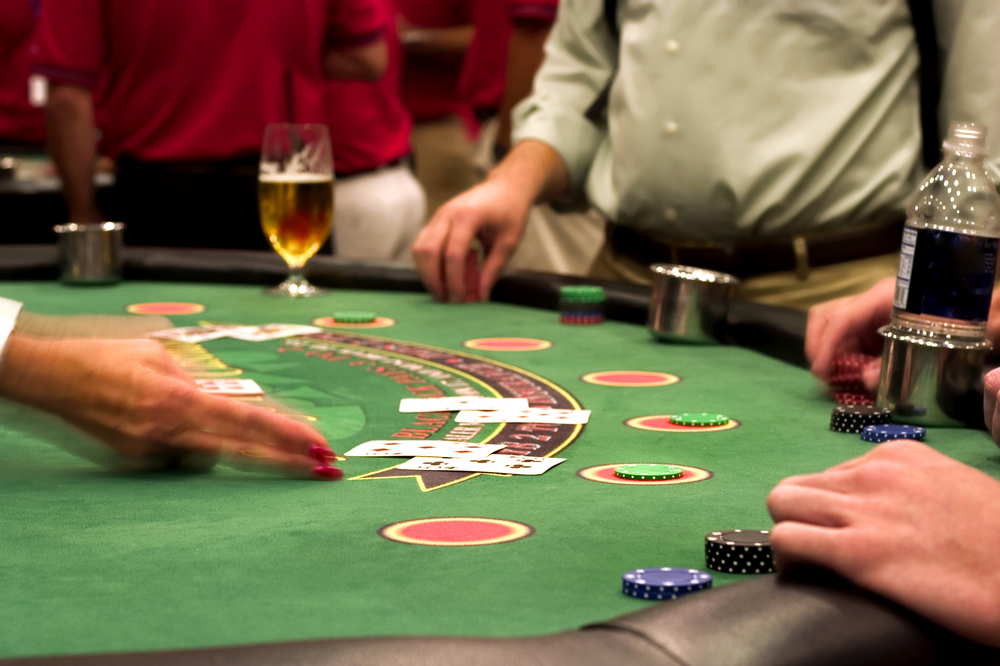
SOFT 17 vs. 6
By now, much of the playing public has learned not to stand on soft 17 against any dealer up card. Basic strategy is to hit soft 17 against 2 or 7 and up, and to double down against 3 through 6. There are enough holdouts to be noticeable and a persistent corps of players sees 17 as a standing hand without distinguishing between hard and soft hands.
The problem with this is that 17 is not a winning hand unless the dealer busts. The best it can do is push a dealer 17 and since you can’t bust soft 17 with a one-card hit, there’s very little downside and some big upsides to seeing more cards.
If the dealer has a 6 up, there are big gaps in average outcomes of possible plays. Stand, and you’ll average a tiny loss of half a cent per $1 wagered. Hit, and you turn that into a 12.6-cent profit. Double down, and you raise that profit to 25.2 cents per $1 of your original wager.
The worst possible play is to stand.
The differences aren’t quite as large, but 17 vs. 7 is a bellwether hand, too. Stand, and the average outcome is a 10.4-cent loss per dollar. Hitting turns that into a 5.5-cent profit. Don’t double down. That puts you back on the losing side at nine-tenths of a cent.
ACE-7 vs. 9
Players stand on soft 18 a LOT more often than on soft 17. It is better to double down if the dealer has anything from 2 through 6 up, but standing is the basic strategy play if the dealer shows 7 or 8. So this is not quite the same situation as soft 17, where the best time to stand is never. But instead of standing just vs. 7 or 8, a large share of players also stand against 9s, 10 values and Aces. Standing is common in those situations, and I’ve even had dealers chastise me for hitting Ace-7 vs. 10. The better play is to hit soft 17 if the dealer has a 9 or higher. In each case, the dealer has an edge and you reduce losses by hitting.
Among those hands, it’s costliest to stand against 9. Your average loss if you stand is 18.3 cents per dollar wagered. If you hit, you trim the average loss to 9.8 cents and sometimes hitting will leave you worse than you started and wind up hitting more than once and busting, while you’ll never bust if you stand. But by hitting, you will improve enough to beat dealer 18s, 19s or 20s often enough to cut your losses.
HARD 12 vs. 2
It is understandably difficult to take a hit when one card can bust your hand. But when you hit 12, you will bust only if you draw a 10 value, and they make up less than a third of the deck at 30.8 percent. Meanwhile the dealer will bust when showing a 2 only 35.3 percent of time. Waiting for a dealer bust is a losing proposition.
You can’t turn 12 vs. 2 into a profitable hand, but you can cut your losses by hitting. If the dealer has 2 up, average losses with 10-2 are 28.9 cents when standing and 25.2 cents when hitting.
With 9-3, it’s 28.6 standing and 25.6 hitting; with 8-4, 28.5 and 25.5; and with 7-5, 28.2 and 25.4. With 6-6, split instead.
It’s a closer call, but basic strategy also calls on us to hit hard 12 vs. 3. Average losses with 10-2 are 24.9 cents when standing and 23.2 cents when hitting. With 9-3, it’s 24.8 standing and 23.7 hitting; with 8-4, 24.2 and 23.3; and with 7-5, 24.1 and 23.2. With 6-6, split instead.
HARD 16 vs. 7
Even players who know they should hit 16 when the dealer shows 7 or higher sometimes pause at this one. They believe it’s a close call. Does the dealer bust often enough with 7 to make waiting it out by standing worthwhile? However, hard 16 vs. a dealer’s 7 is not a close call. Hitting is even more important with 16 vs. 7 than with 16 vs. 10 because dealers do bust when starting with 7 more often than starting with 10. In a six-deck game in which the dealer hits soft 17, the dealer busts about 26 percent of the time when starting with 7 and 23 percent when starting with 10.
However, when you hit 16 and get a draw that doesn’t bust you, you’re more likely to have a total that beats the dealer when the dealer starts with 7 than with 10.
The most frequent finishing total for a dealer who starts with 7 is 17 at 36.9% of all hands. Only 13.9% are 20 or 21. If the dealer starts with 10, the most frequent finish is 20 at 36.8%, and 20 and 21 account for 40.6% of all hands. Assume you start with 10-6. If the dealer has 7 and you hit, your average loss per dollar wagered is 40.9 cents. If you stand, the average loss is 47.6 cents. If the dealer has 10, your average losses are 53.5 cents if you hit and 54.1 cents if you stand. That makes 16 vs. 10 a far closer call than 16 vs. 7.
8-8 vs. 10
Say you’re dealt 8-8 against a 10 and you split. You draw a 10 on each so you sit with two 18s. The dealer turns up a 10 to give him 20, and takes your money twice. We’ve all been there, right? The double-loss nightmare sticks with us, but overall, we’re dealt good enough hands on our split 8s to cut losses. We lose less money by making the second bet than we would if we just played the 16.
Average losses per $1 of the original wager are 53.7 cents if you stand, 53.5 cents if you hit and 47.6 cents if you split.
No matter what, 8-8 vs. 10 is a bad situation, and the best you can make of it is to trim your losses. But we have to take what we can get, and the best play here is to split.
We hope this article helped clarify some valuable plays and costly mistakes. Good luck with all of your playing decisions.
By John Grochowski
